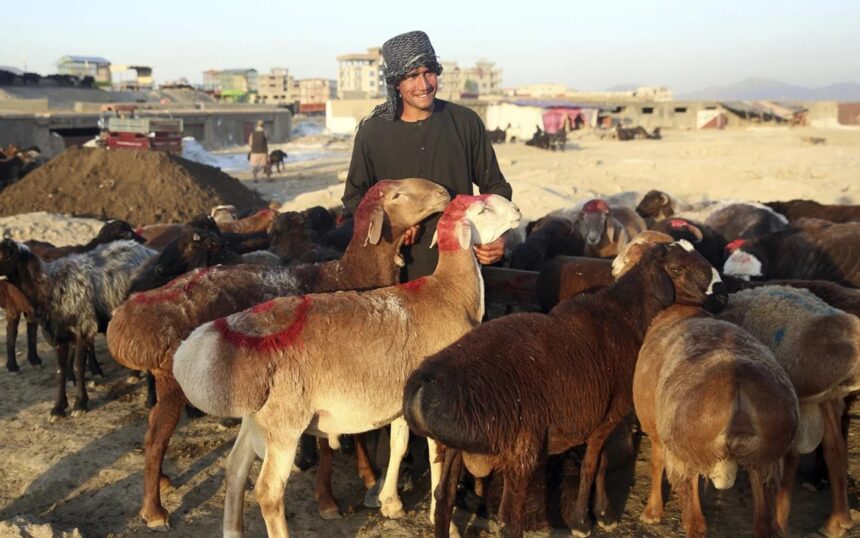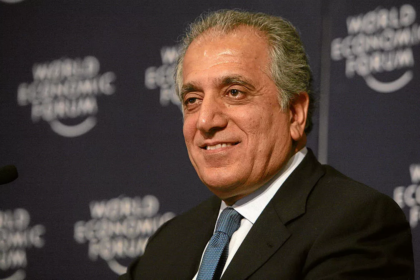RASC News Agency: As Eid al-Adha approaches, the World Health Organization (WHO) has issued a stark warning about the escalating number of Crimean-Congo Hemorrhagic Fever (CCHF) cases in Afghanistan, raising serious concerns about the Taliban regime’s failure to ensure even the most basic public health protections. In a statement published on its official “X” platform (formerly Twitter), WHO confirmed that the number of confirmed cases of this deadly viral infection is rising sharply, potentially endangering thousands particularly during Eid, when animal slaughter surges nationwide. The organization cautioned that without urgent preventive action, the entire country could face a widespread outbreak.
CCHF is a highly contagious, tick-borne viral disease transmitted through the bite of infected ticks or direct contact with the blood and bodily fluids of infected animals and humans. The risk is particularly acute during animal sacrifice, where exposure to fresh blood, raw meat, and contaminated surfaces is common, especially in rural areas where sanitation and medical oversight are virtually absent. Under the Taliban’s de facto rule, Afghanistan’s healthcare infrastructure has crumbled, leaving vast swathes of the population without access to professional medical care or even accurate public health information. The Ministry of Public Health, now purged of trained female staff and professional technocrats, has failed to respond adequately to repeated outbreaks of CCHF.
According to data released by Taliban authorities last year, infection rates rose by a staggering 38% in just two months yet no nationwide public awareness campaign or preventive strategy was launched. Health experts believe the real figures are much higher, hidden behind a wall of censorship, bureaucratic incompetence, and ideological rigidity. “The Taliban have proven incapable of governing public health,” said a Kabul-based epidemiologist who spoke on condition of anonymity. “What we are seeing is a complete breakdown of early detection systems and zero investment in prevention.” CCHF can produce severe symptoms, including sudden high fever, vomiting, abdominal pain, internal bleeding, and organ failure. The disease carries a high mortality rate if not diagnosed and treated promptly yet in most Taliban-held regions, diagnostic labs are under-equipped or nonfunctional, and trained infectious disease specialists are scarce due to brain drain and gender apartheid.
The lack of transparency, coupled with restricted media access and Taliban-imposed silence on health crises, has prevented communities from recognizing the severity of the threat, resulting in delayed treatment and avoidable fatalities. In anticipation of mass animal slaughter during Eid, the WHO has urged the Afghanistani public to avoid direct contact with animal blood, wear protective clothing and gloves during handling, and ensure proper disinfection of knives and surfaces. The agency also called for safe slaughtering practices, something that remains absent from Taliban-controlled areas, where public health regulation is virtually nonexistent. “This is not just a viral outbreak it is the symptom of a collapsing state,” said a humanitarian official based in Bamiyan. “The Taliban’s obsession with control, rather than care, has turned a preventable illness into a national threat.”
With little hope for domestic institutional response, medical organizations and rights groups are urging the international community to provide emergency support and pressure the Taliban to allow unimpeded access to humanitarian and health agencies. The current path, experts warn, could lead to an uncontained epidemic, especially in underserved provinces where healthcare services have been gutted since the Taliban takeover. In the absence of responsible governance, Afghanistan’s population especially its most vulnerable remains at the mercy of deadly outbreaks and ideological mismanagement. As Eid nears, the risk is not merely a viral infection but the consequences of lethal neglect by a regime unfit to safeguard its people.






